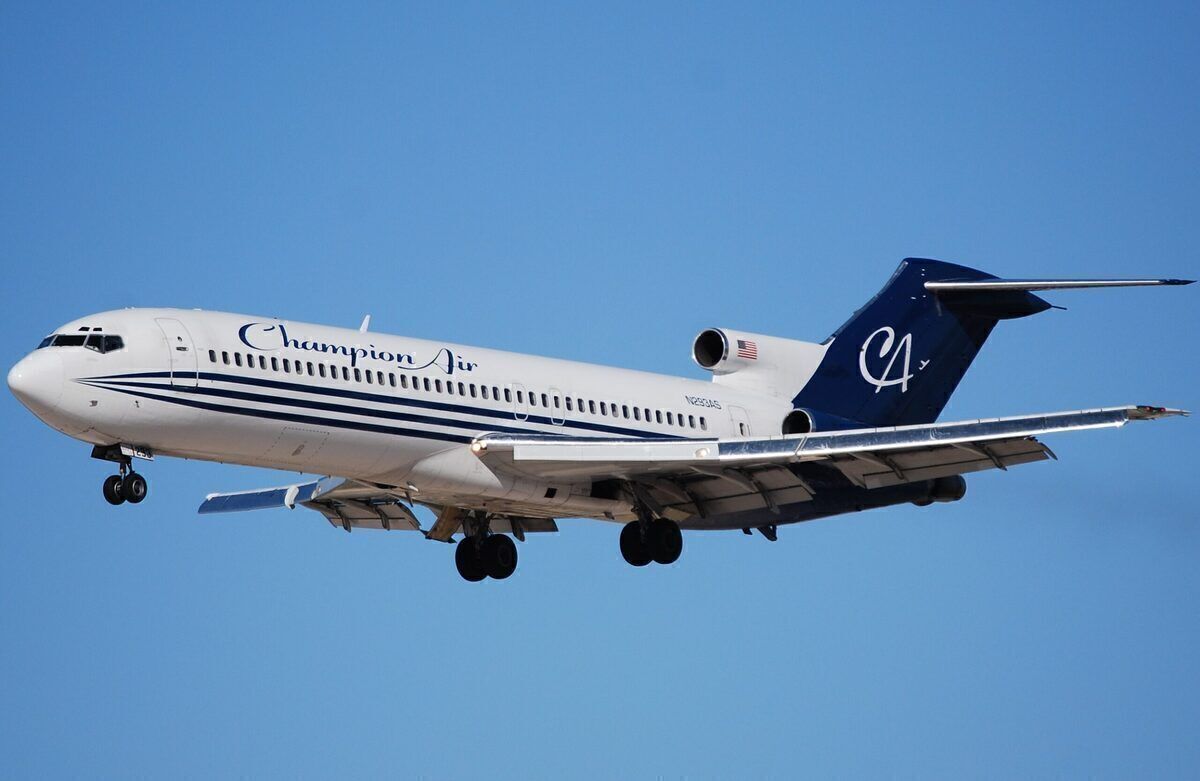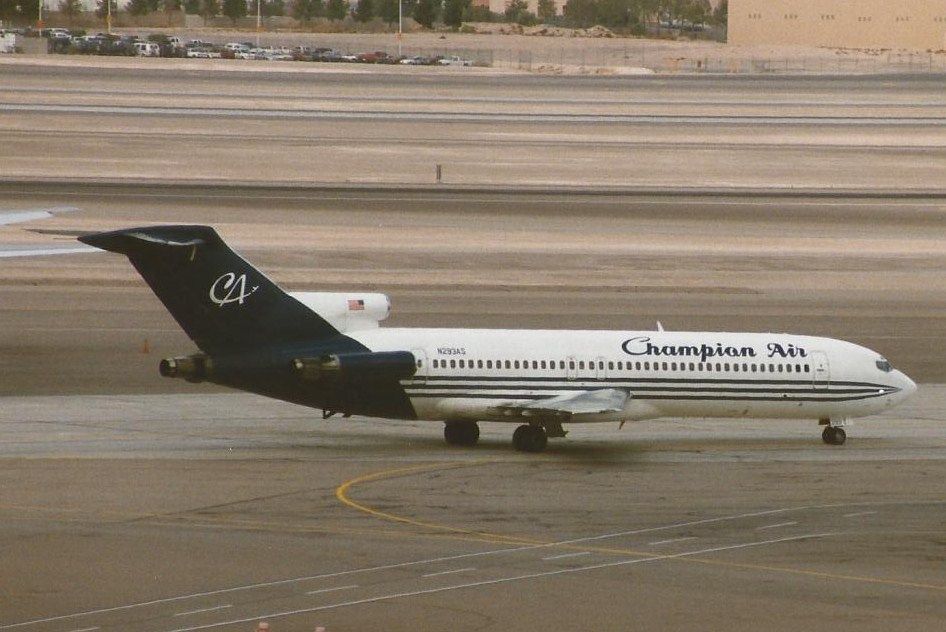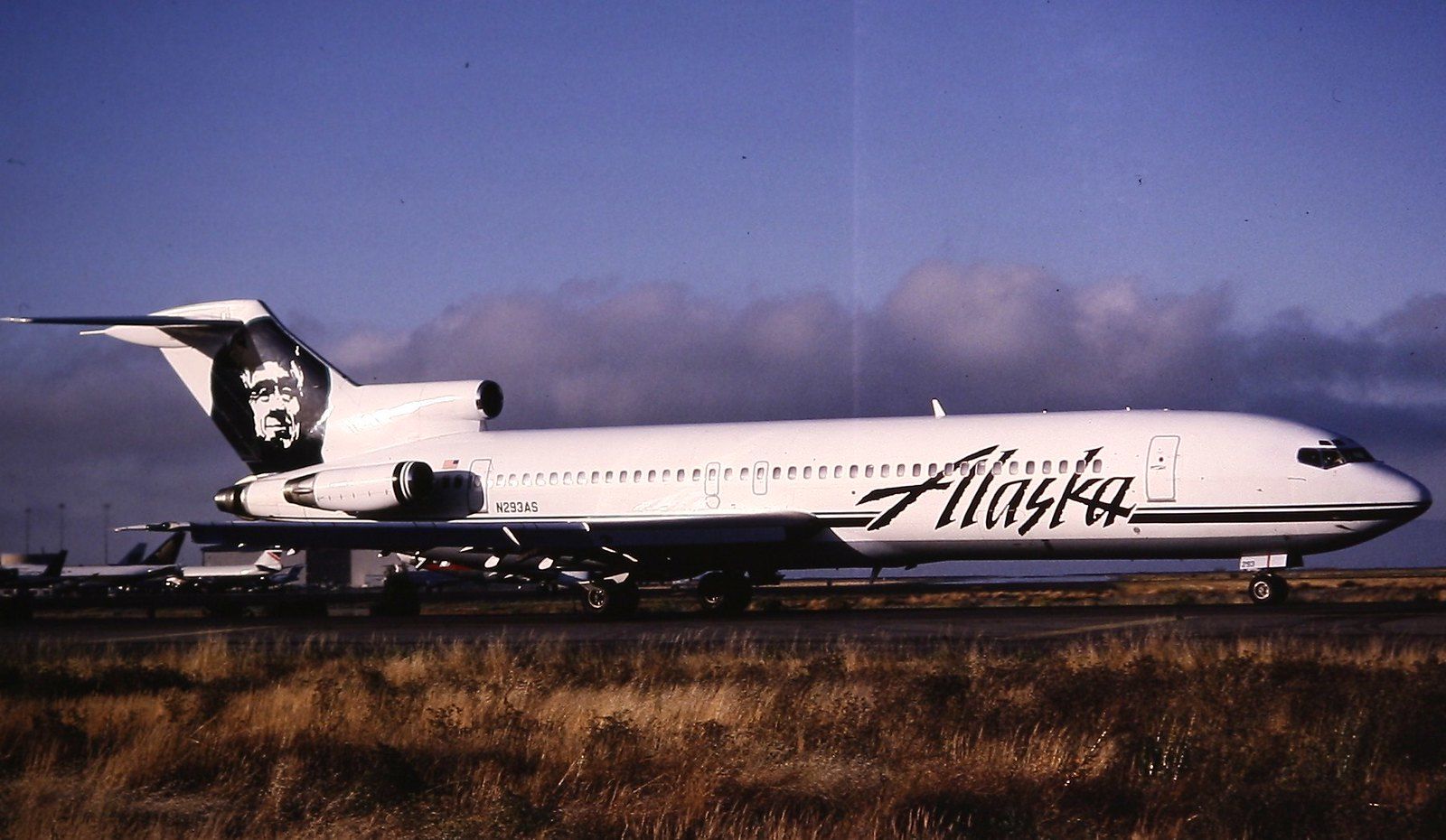In April 2012, a group of researchers deliberately crashed an ex-Alaska Airlines Boeing 727. The aircraft was crashed in Mexico as part of a rare study into a real-life crash simulation. The mission gave scientists interesting conclusions on the impact of a crash on the aircraft structure and passengers inside.
For science
The experiment was conducted on April 27th, 2012, near the city of Mexicali in Mexico. While the group originally tried to get permission to conduct the test in the US, authorities did not permit it due to the risks involved. Meanwhile, Mexican officials did approve the test, albeit with some additional safety requirements. These included real pilots flying the plane for part of the experiment.
The Boeing 727-200 involved took off on the morning of April 27th, 2012, with three crew members onboard: two pilots and an engineer. This was a requirement by Mexican authorities since the plane would be over some populated areas at the start of the experiment. All three crew members then parachuted out, with the lead pilot jumping out just three minutes before impact.
Get the latest aviation news straight to your inbox: Sign up for our newsletters today.
After jumping out, the aircraft was remotely controlled by Chip Shanle, a Navy veteran and American Airlines pilot. The aircraft impacted the ground at 225 km/h (121.5 knots), descending at 460 meters (1,509 feet) per minute.
The aircraft broke into several pieces, with the cockpit immediately separating on impact, but did not explode. Cameras and equipment onboard recorded the entire crash, and dummies onboard were used to simulate the impact on passengers. The findings were certainly quite interesting, as we shall now explore further.
What were the results?
While most might think surviving a plane crash is impossible, the contrary is true in this case. The study found that passengers in the front of the plane (including pilots) were at the highest risk in this experiment. Those near the wings would face some injuries, but not life-threatening ones. Notably, passengers in the back of the plane (near the tail) walked away relatively unharmed, with few injuries.
Love aviation history? Discover more of our stories here!
As many readers might be familiar with, passengers are asked to adopt a brace position in case of any crash or sudden impact. The experiment found that passengers (who were dummies) bracing were less likely to face spinal cord or head injuries compared to those who didn't brace. However, bracing does put more pressure on the legs, resulting in a higher chance of fractures.
The experiment had many interesting takeaways and is one of the very rare times an aircraft has been physically crashed for a study. Most models rely on simulations to assume what would happen in a crash, making the 2012 study quite notable.
The aircraft involved
The 727-200 involved in the crash was last registered as XB-MNP, and owned by the Discovery Channel. However, before that, the plane had a long history with carriers around the world, according to ATDB.aero. The 727 first took to the skies in 1977 with Singapore Airlines, eventually ending up in the US at Alaska Airlines.
After serving Alaska Airlines between 1982 and 1993, the plane was used as a charter jet for most of its remaining life. In 2012, after 35 years of service, it became part of aviation history with this crash experiment.
Details are according to the Discovery Channel documentary, which also produced the research project.
What do you think about the crash test? Were you surprised by the findings? Let us know your thoughts in the comments!



.jpg)
